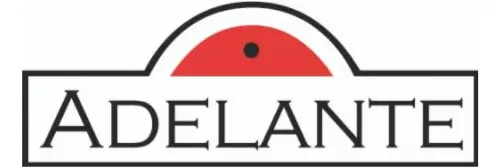
Astronomy Observation and Research
in Chile
New Astronomy Observation & Research Program In Chile
Explore the breathtaking world of astronomy in the heart of Chile, home to some of the world’s most advanced observatories and renowned universities. Chile possesses 40% of the world’s Astronomy Observatories and is positioned as “the world capital of Astronomy”, due in large part to the natural climate conditions where the Observatories are located. A dark sky exists here most of the year and it is extremely dry, which is important when it comes to observing other planets at a molecular level.
Adelantes’ new Astronomy Observations and Research Program in Chile offers a unique and immersive experience combining Spanish language classes and an astronomy internship for students passionate about the cosmos.
During this four-week study abroad program, you’ll receive 30 hours of Spanish language classes and a 2-week internship at a prestigious University. Your internship will cover concepts and theories of the universe, observation techniques, use of astronomy software and tools such as telescopes, and more. Candidates will visit an Observatory collectively during the program.
In addition learning Spanish and an astronomy internship, students will be able to participate in excursions / activities in Valparaiso and Elqui Valley.
Program Pricing & Dates
Apply Now for 2025!
$3,525
Program Dates:
- 1st sessionMarch 1 - March 29, 2025
- 2nd sessionMay 31 - June 28, 2025
This program requires a minimum of 10 candidates to run.
General Astronomy Learning Objectives
In this Astronomy Observation and Research program, participants will improve their Spanish speaking skills and dive into the adventures of Astronomy.

Astronomy Internship Structure
Astronomy program will consist of in-depth Spanish classes and that will total 30 hours. Classes take place during the first two week. The Astronomy Internship will be 20 hours per week duing the last 2 weeks the program.

Class 1
Introduction: Objects in the universe, distance, scalers, etc.
Stellarium use.
Class 2
The importance of light, electromagnetic spectrum.
Diffraction slit or similar experiment.
Class 3
The Eyes of the Universe: Techniques and Instrumentation.
Parts of a telescope, assembly and calibration with bright objects.
Class 4
Spectral and photometric analysis.
Using a CCD, recognize the field of view of objects.
Class 5
Stellar evolution.
Astrophotography with smartphones on telescopes.
Class 6
Glaxies and Classification.
Planisphere, Laser and Night observation.

